Biography
In the thirties and forties, Napoleone Martinuzzi was one of the most important sculptors,and glass designers in Italy. He came, as many glass artists, from a glassblower family. Martinuzzi's first experiences with design took place in the workshop of Giacomo Vivante, who specialized in Liberty style ceramics, as well as in the workshop of Achille Tamburlini and Antonio Carbonaro, both of whom worked with terracotta and iron. Equipped with this handicraft educational background, he attended nude classes with the sculptor Antonio Dal Zotto at the Accademia di Belle Arti in Venice between 1906 and 1909. In 1908 he already exhibited his first sculptures in Ca 'Pesaro'. Later, in 1910, Martinuzzi moved to Rome. The stay in the capital gave him a variety of artistic inspirations and encounters with foreign artists. This had an impact on his works. Martinuzzi's sculptures reflect his interest in the Art Nouveau style and works of Gustav Klimt and George Minne, in specific. Employed at the workshop of Angelo Zanelle, he also worked on the marble monument for the first king of the united Italy Vittorio Emmanuele II in Piazza Venezia. After his return to the lagoon city, already as a recognized sculptor, he exhibited his works at the Biennale in 1920.
When exactly Napoleone Martinuzzi began to deal with the matter of glass remains unknown. His acquaintance with the writer Gabriele D'Annunzio, who influenced many of the artists of his generation, can be considered as the starting point. In 1921, Martinuzzi created enamel-painted glasses modeled after Vittorio Zecchin. In 1924, on behalf of D'Annunzio, he commissioned a glass window on Murano, based on a preliminary drawing by the painter Guido Cadorin. Already in 1922 he had been transferred to the management of the Museo Vetrario. From 1925 onwards, the design of glasses became Napoleone Martinuzzi's second major occupation besides sculpture. As the artistic director of Venini & Co., he continued in the early years the classic style of thin-walled Soffiati dictated by his predecessor Zecchin. At the end of the twenties, Paolo Venini gave his designer a free hand. Based on his work as a sculptor, Martinuzzi expanded the repertoire of the Venini catalog with numerous figures and new glass materials. Among the first innovations were the so-called pulegoso vases in dark green foam glass. This bubble-enriched mass was also used for the series of decorative cacti and rubber plants that should decorate the modern home. Martinuzzi's extravagant designs were sought after by private and public clients alike. For the post office in Bergamo he created a 2.50 m high cactus. In Gabriele D'Annunzio's house on Lake Garda you will find vases and lamps, as well as numerous fruits and vegetables such as corncobs, grapes, peppers and eggplants. As Artistic Director of Venini, Martinuzzi was also responsible for the design of prestigious chandeliers and lamps. The traditional ornament-rich Murano chandeliers he met with clear shapes, which were often performed in foam glass glass.
Objects by Napoleone Martinuzzi
-
Sold
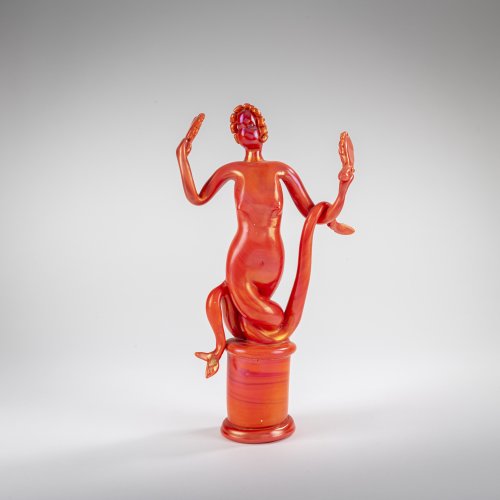
-
Sold
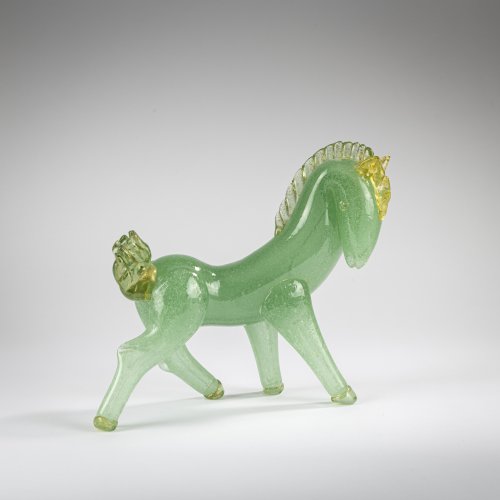
-
Sold
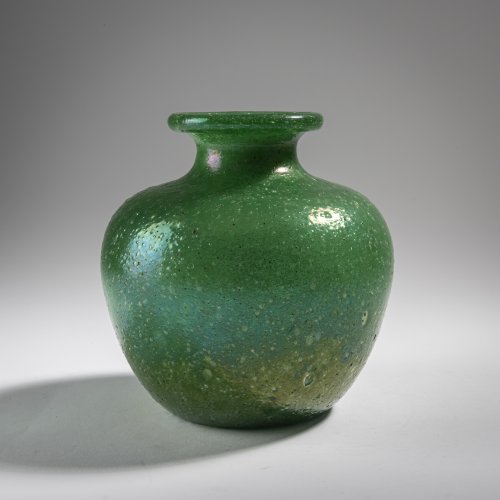
Napoleone Martinuzzi, Vittorio Zecchin Venini & C., Murano
'Pulegoso' vase, c. 1928
Hammer Price: 420 €
-
Sold
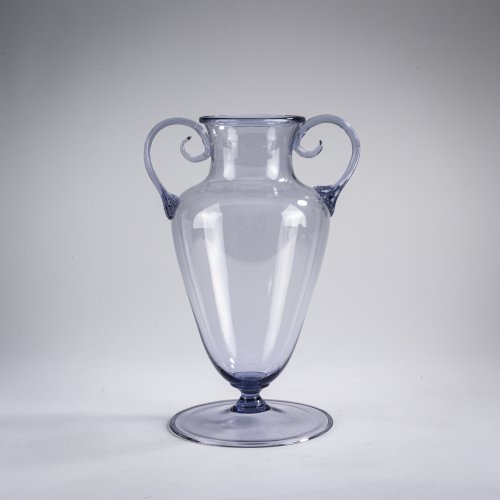
-
Sold
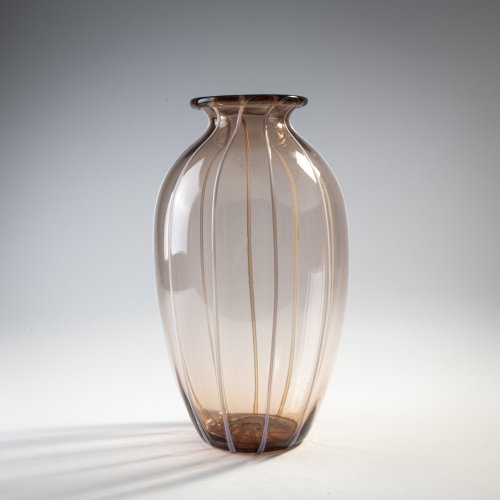
Napoleone Martinuzzi Venini & C., Murano
Tall 'A fili di lattimo' vase, c. 1926
Hammer Price: 1,200 €
-
Sold
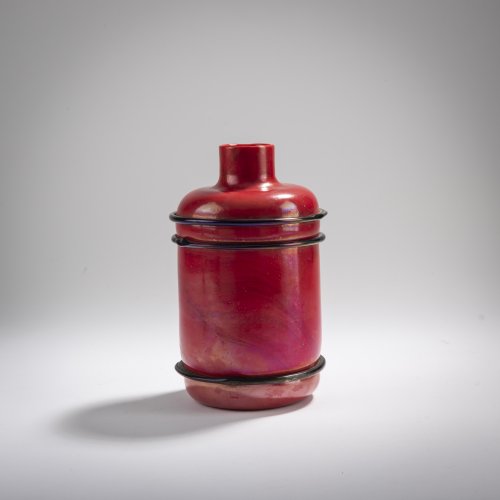
Napoleone Martinuzzi (attributed) Zecchin-Martinuzzi, Murano (zugeschrieben/attributed)
Vase, c. 1934
Hammer Price: 1,400 €
-
Sold
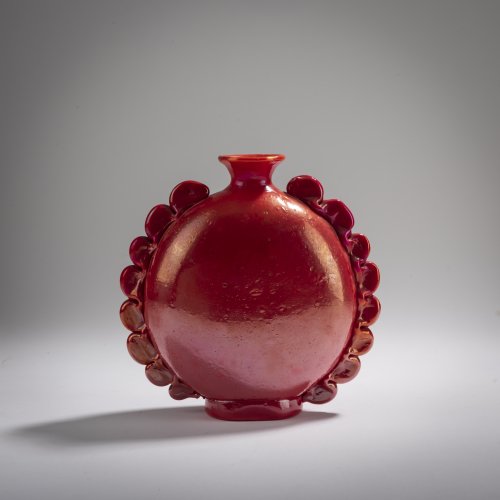
Napoleone Martinuzzi (attributed) Zecchin-Martinuzzi, Murano (zugeschrieben/attributed)
Vase, c. 1934
Hammer Price: 1,400 €
-
Sold
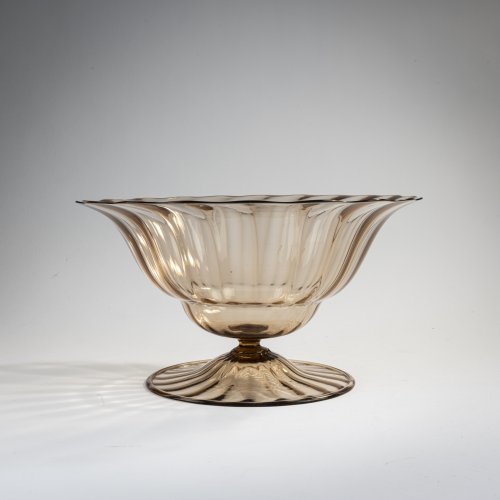
-
Sold
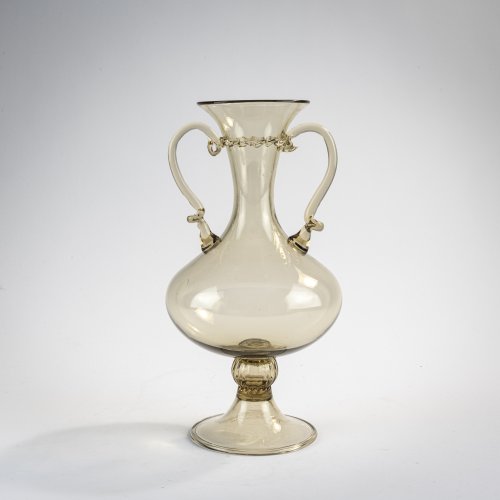
Napoleone Martinuzzi (attributed) Venini & C., Murano (zugeschrieben/attr.)
Handle vase, c. 1926
Hammer Price: 500 €
-
Sold
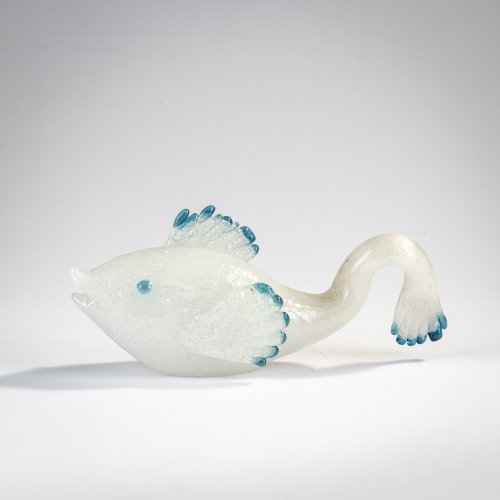
-
Sold
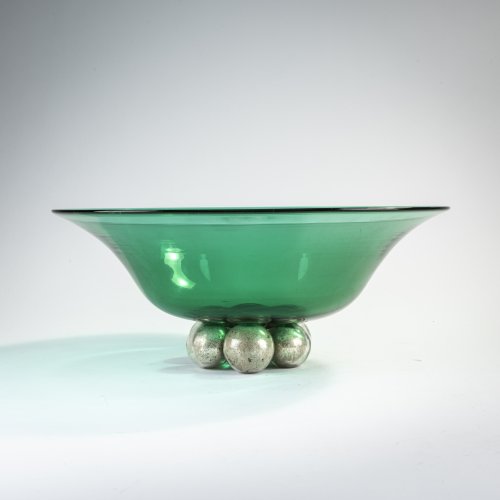
-
Sold
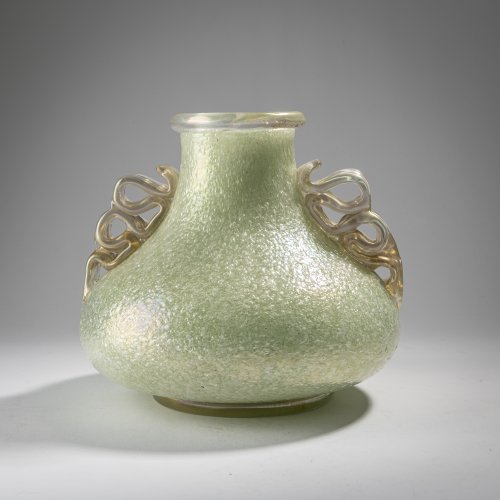
Napoleone Martinuzzi (after) Barovier Seguso & Ferro, Murano (zugeschrieben/attributed)
'Pulegoso' vase, c. 1933
Hammer Price: 500 €
-
Sold
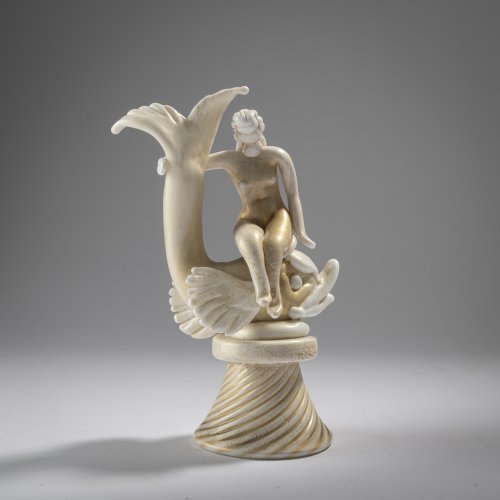
Napoleone Martinuzzi (attributed) Zecchin-Martinuzzi, Murano (zugeschrieben/attributed)
'Donna e pesce' table decoration, c. 1930
Hammer Price: 1,500 €
-
Sold
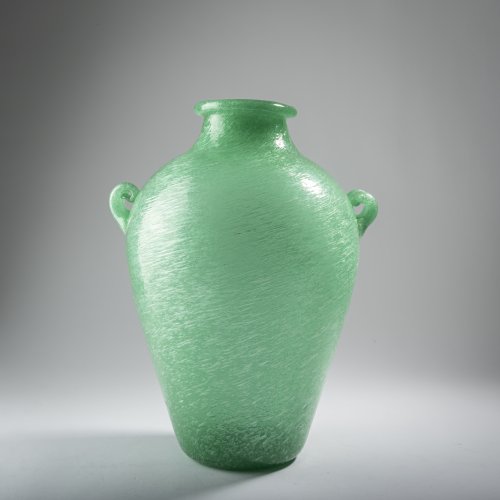
Napoleone Martinuzzi (attributed) Zecchin-Martinuzzi, Murano (zugeschrieben)
Vase 'Pulegoso', c. 1933
Hammer Price: 500 €
-
Sold
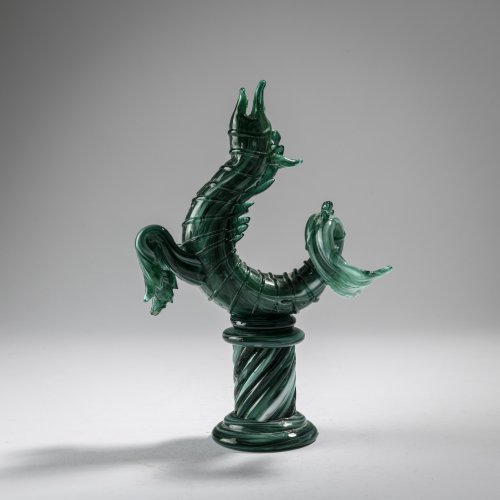
Napoleone Martinuzzi Venini & C., Murano
'Ippocampo' table decoration (place marker), 1930-41
Hammer Price: 430 €
-
Sold
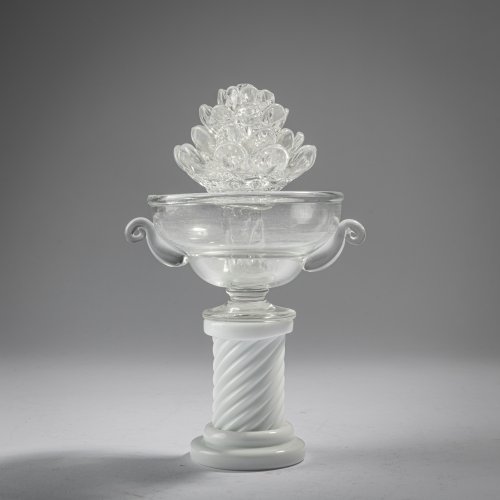
Napoleone Martinuzzi Venini & C., Murano
'Pianta grassa' table decoration (placeholder) 1930
Hammer Price: 500 €
-
Sold
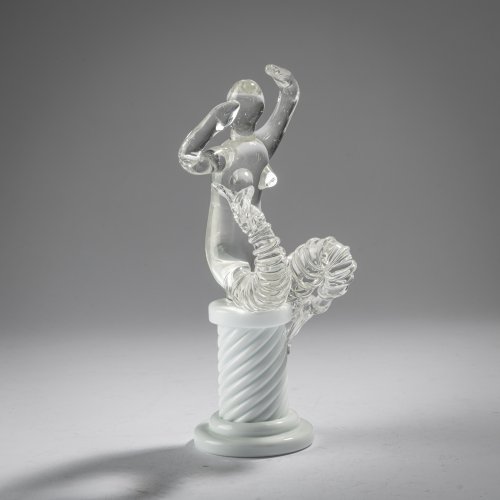
Napoleone Martinuzzi Venini & C., Murano
'Sirena' table decoration (placeholder) , 1930
Hammer Price: 1,000 €
-
Sold
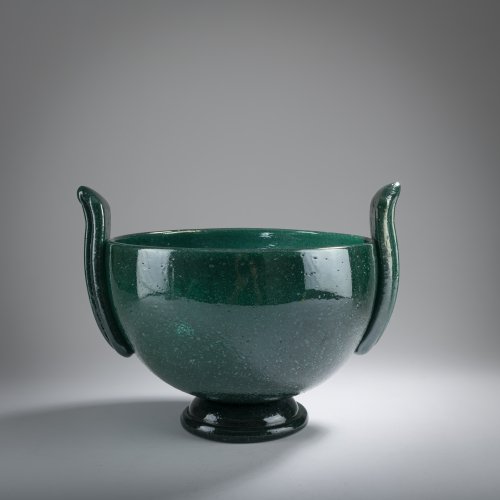
-
Sold
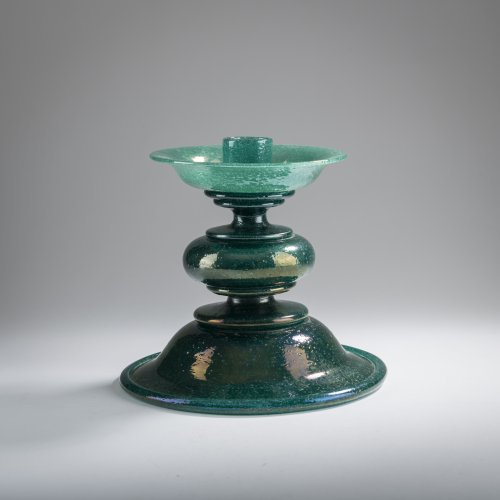
-
Sold
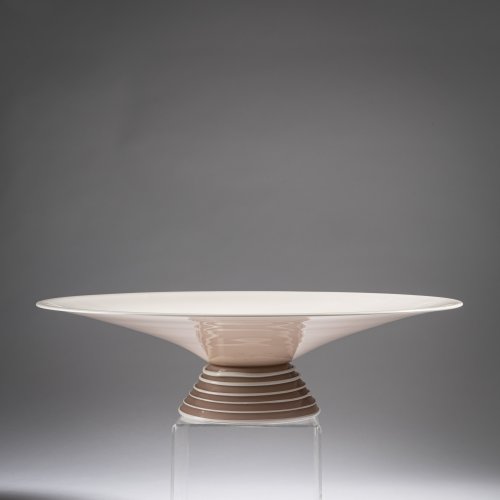
Napoleone Martinuzzi Zecchin-Martinuzzi, Murano
Large 'Incamiciato' bowl, c. 1933
Hammer Price: 16,000 €
-
Sold
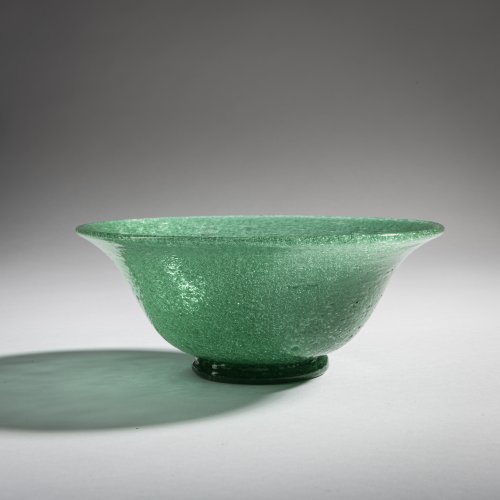
-
Sold
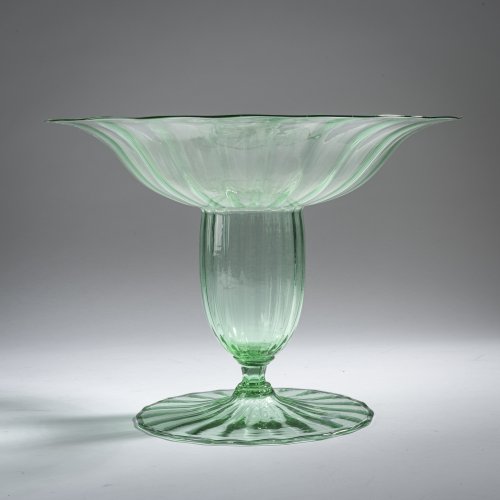
-
Sold
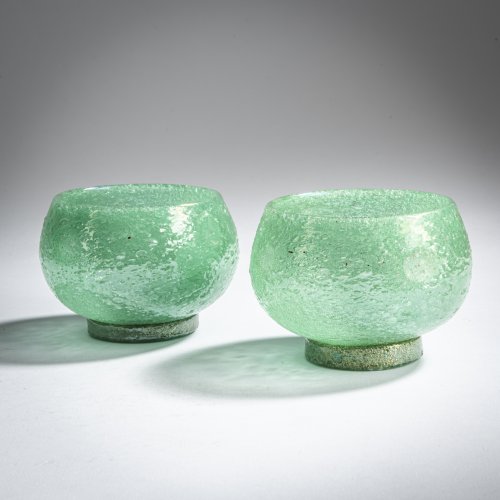
-
Sold
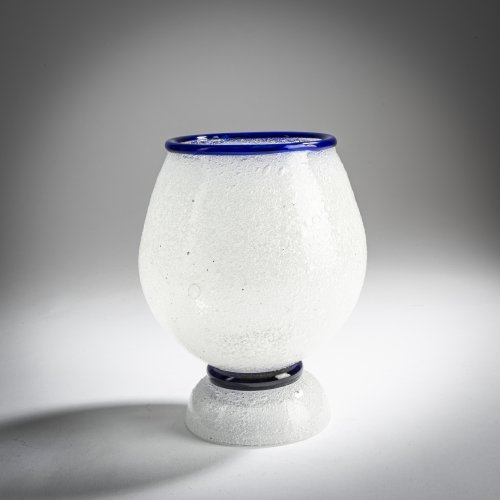
-
Sold
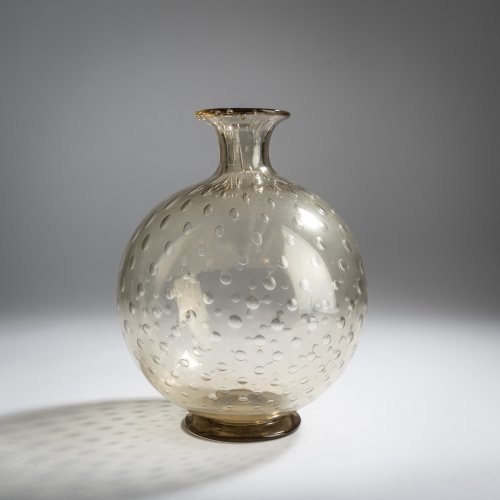
-
Sold
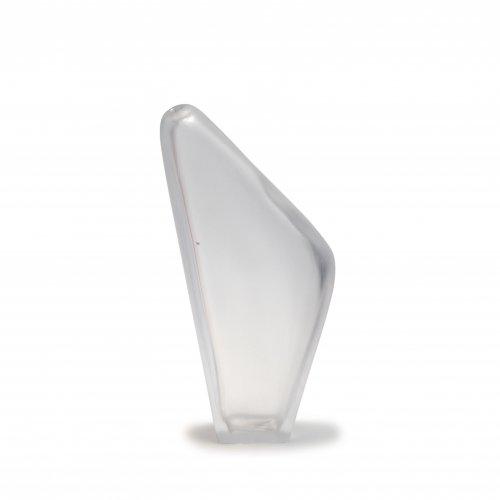
-
Sold
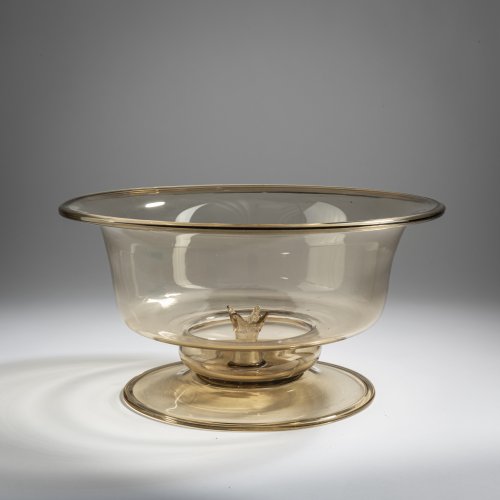
-
Sold
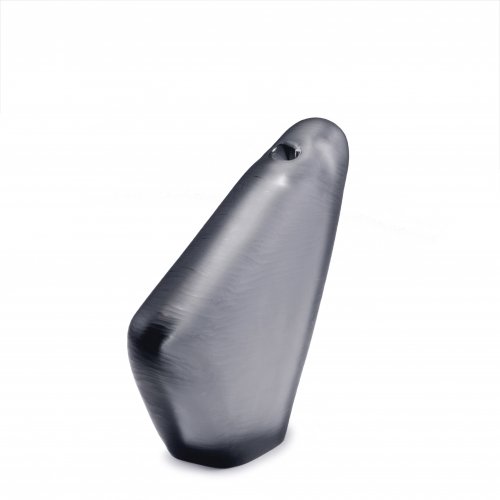
-
Sold
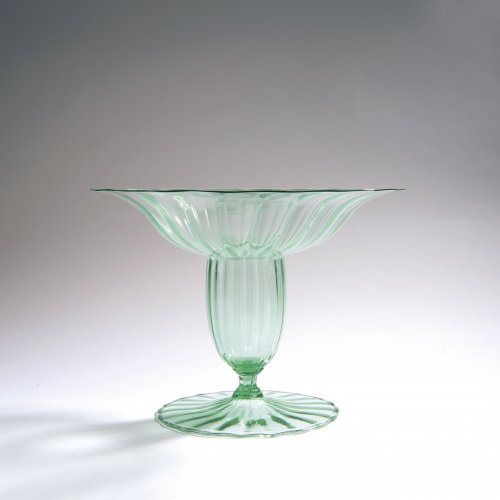
-
Sold
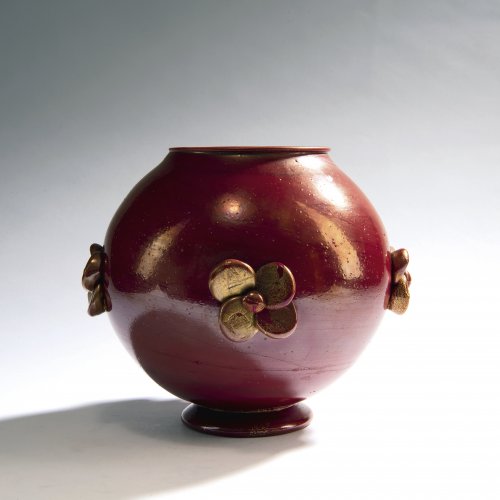
Napoleone Martinuzzi (attributed) Pauly & C. - Compagnia Venezia Murano (Vertrieb)
'Pasta vitrea' vase, c. 1932
Hammer Price: 1,200 €
-
Sold
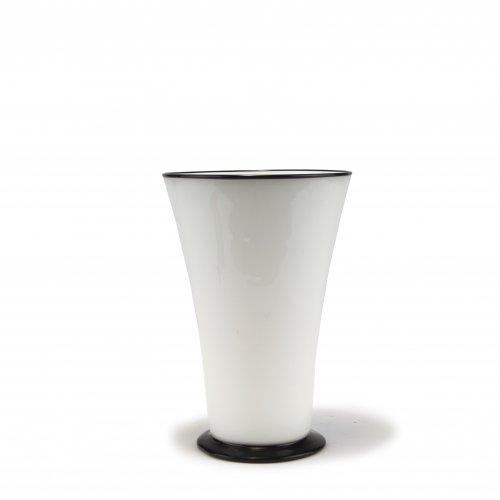
Napoleone Martinuzzi (attributed) Zecchin-Martinuzzi, Murano (zugeschrieben)
'Incamiciato' vase, c. 1933
Hammer Price: 250 €
-
Sold
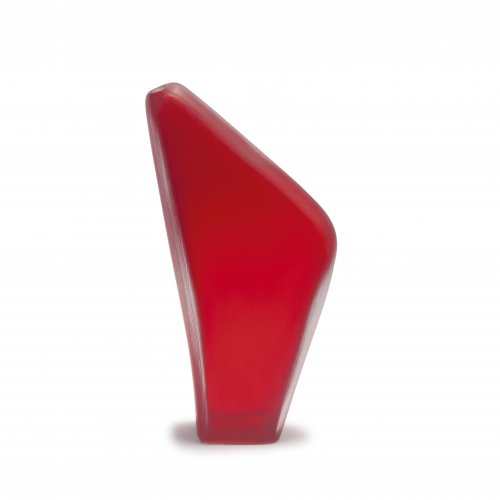
-
Sold
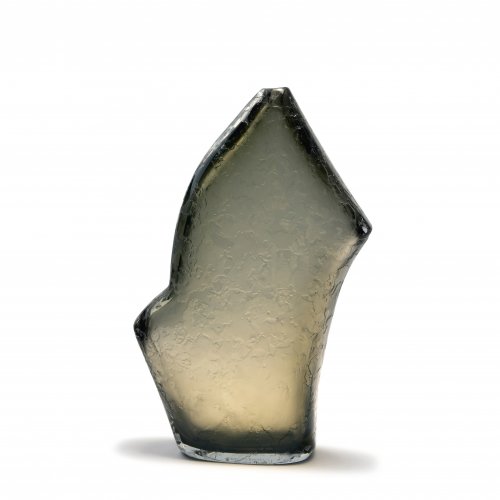
-
Sold
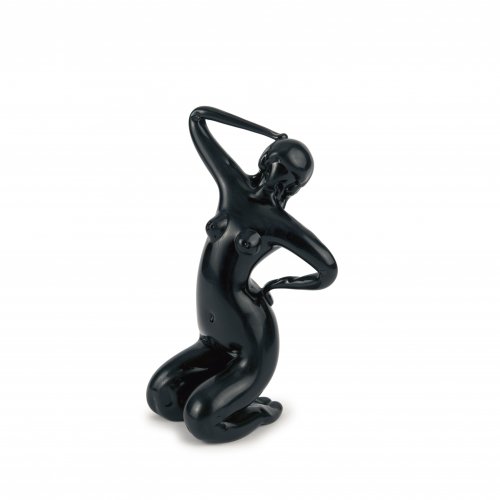
-
Sold
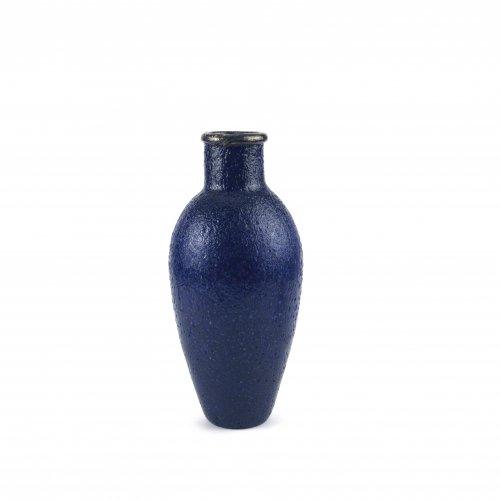
-
Sold
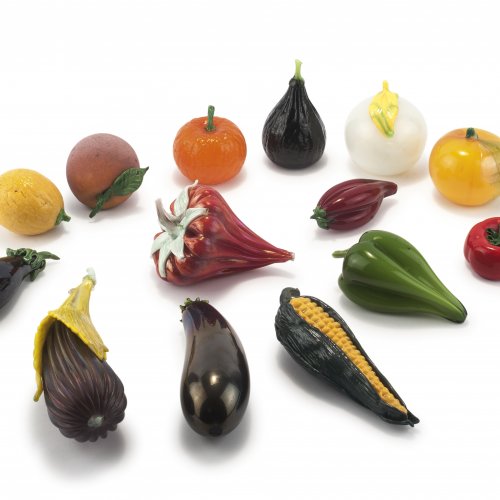
-
Sold
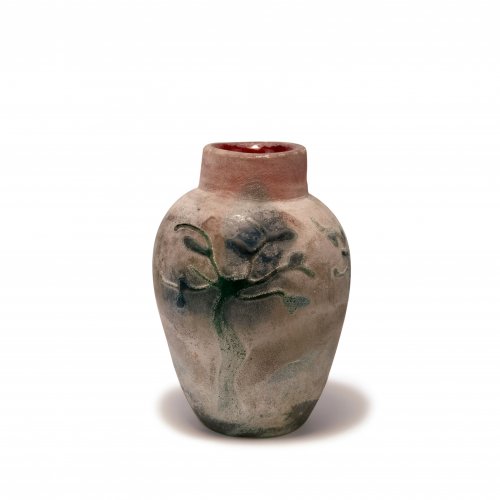
-
Sold
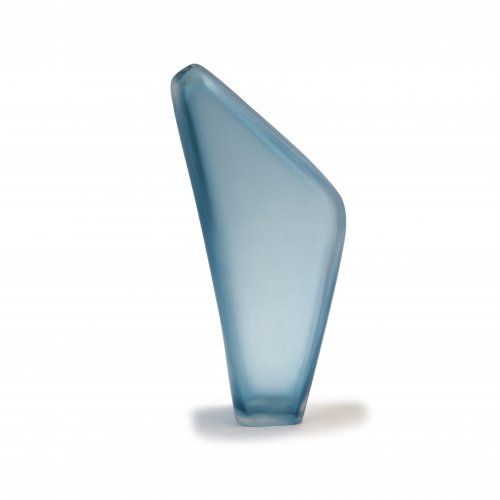
-
Sold
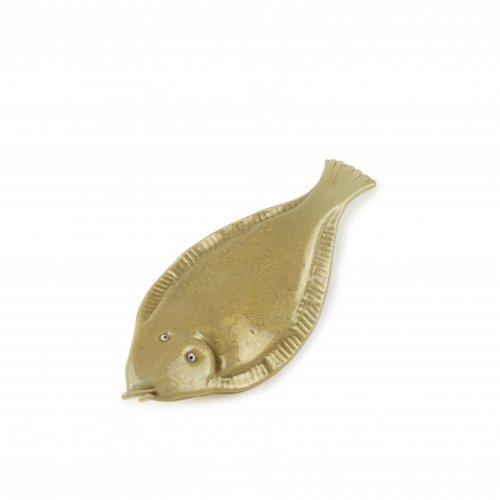
-
Sold
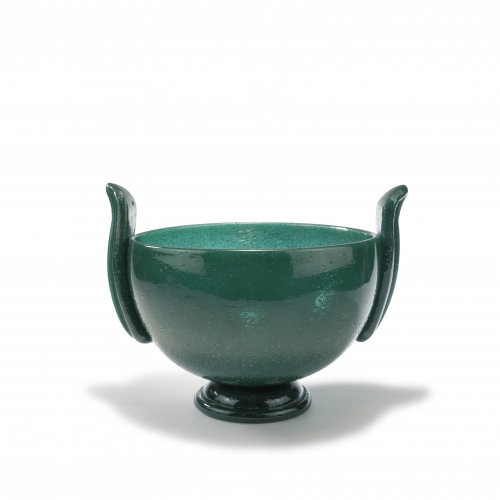
-
Sold
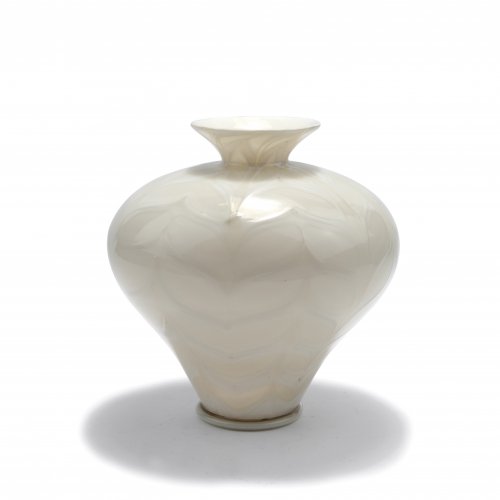
-
Sold
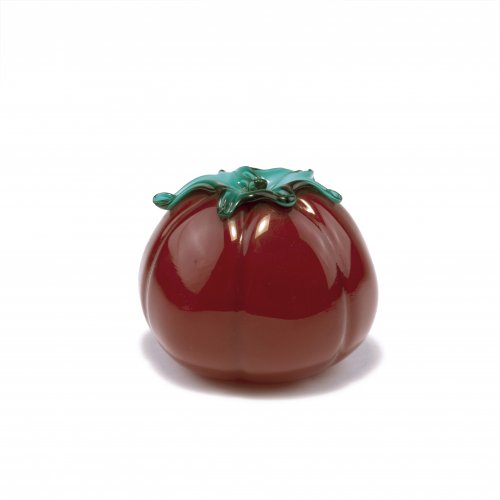
-
Sold
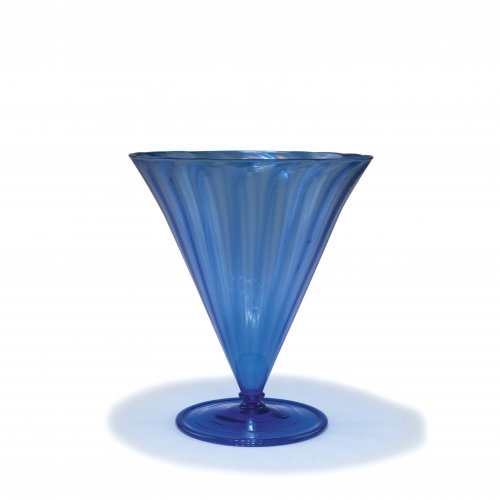
-
Sold
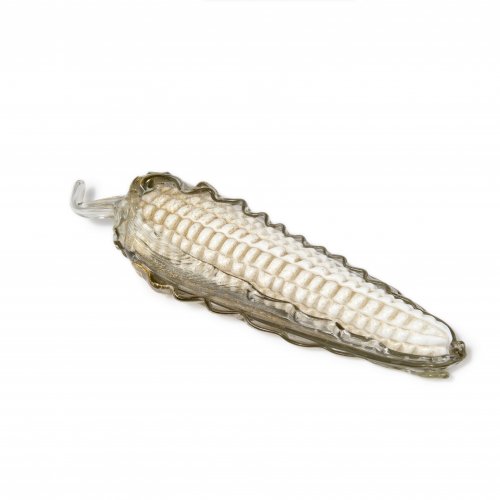
-
Sold
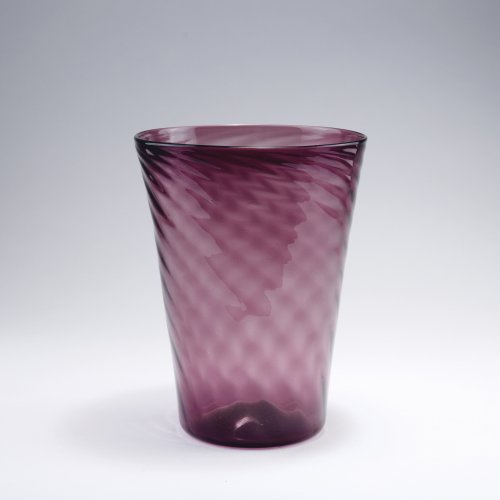
-
Sold
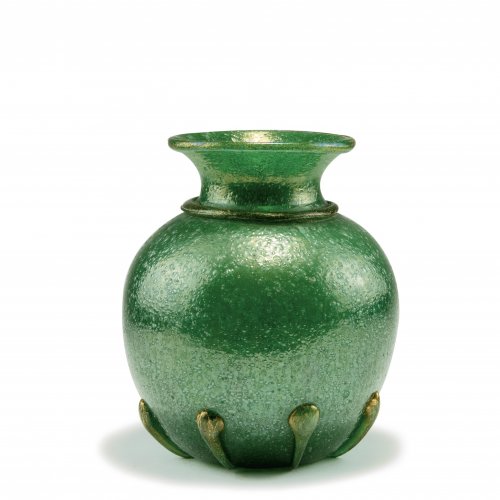
Napoleone Martinuzzi Venini & C., Murano (zugeschrieben)
'Pulegoso' vase, c1929
Hammer Price: 1,900 €
-
Sold
-
Sold
-
Sold
-
Sold
-
Sold
